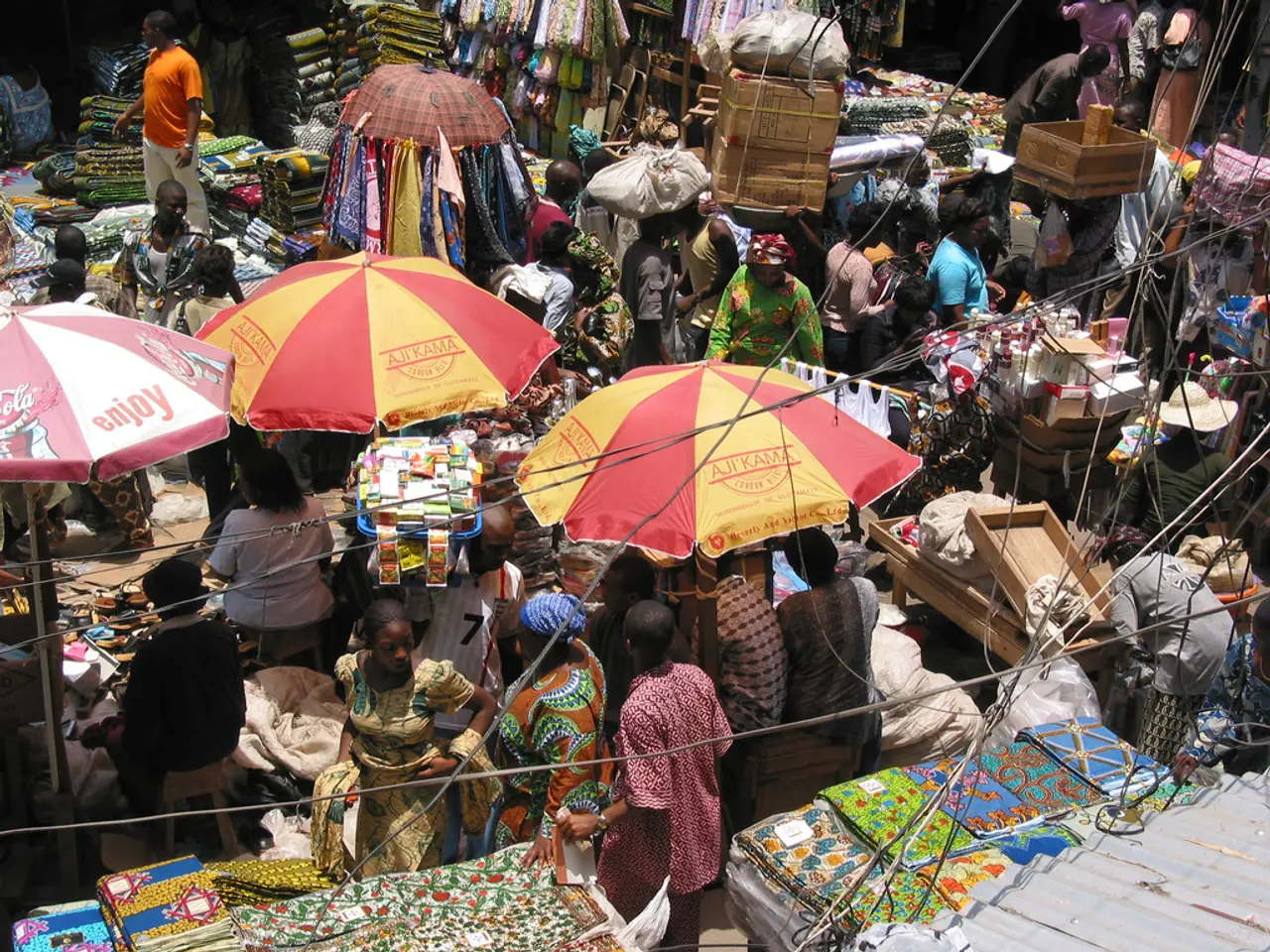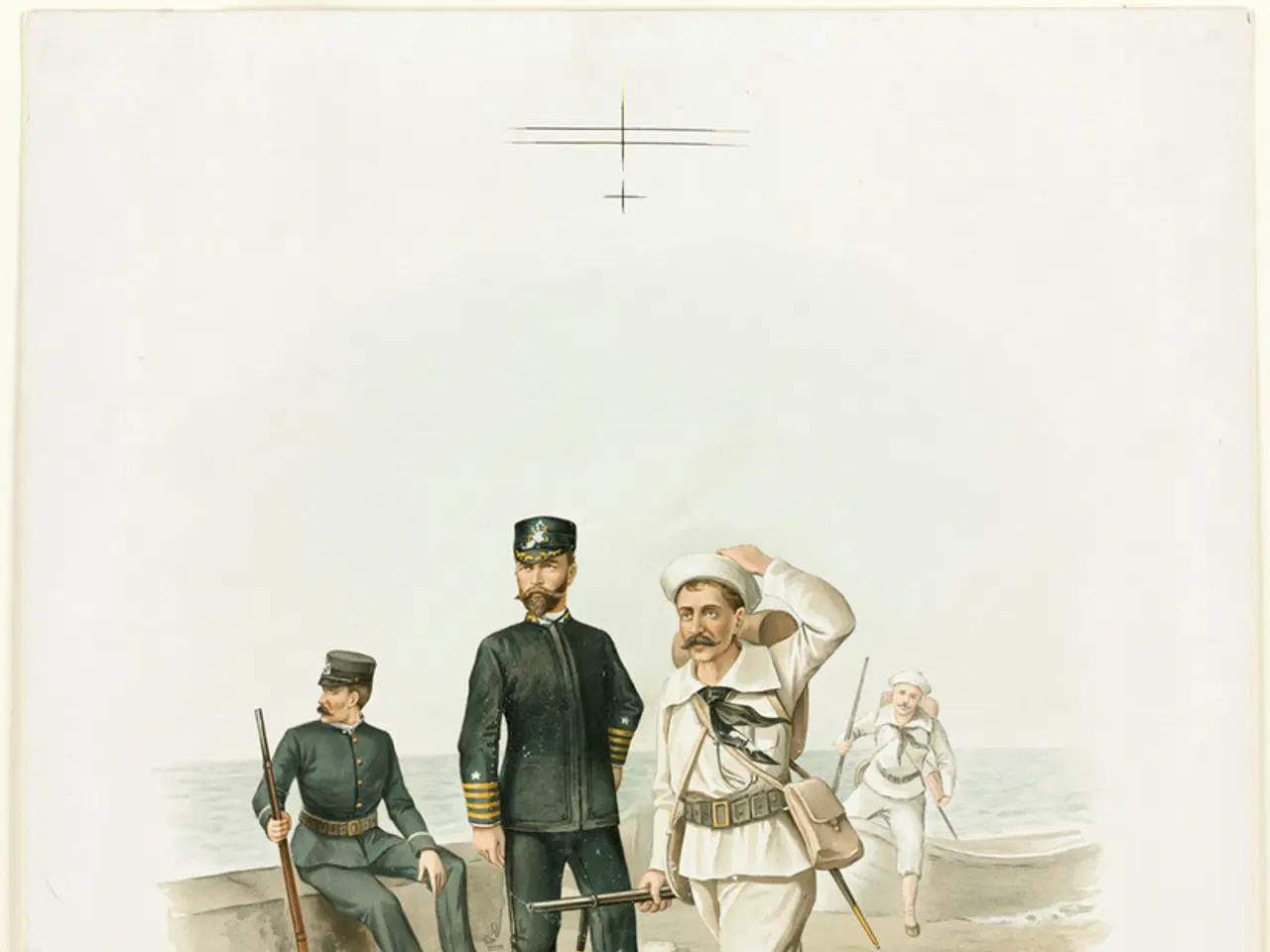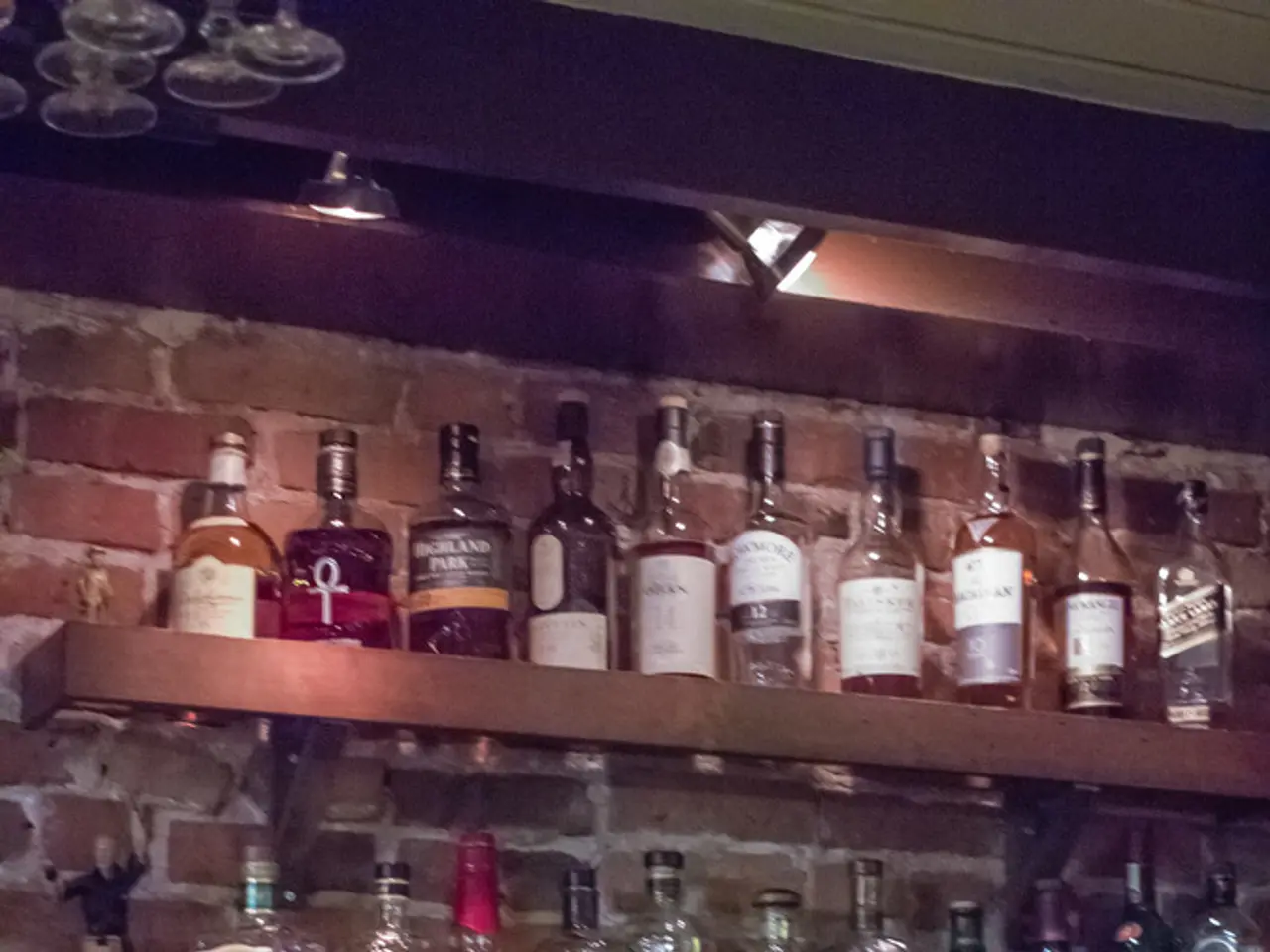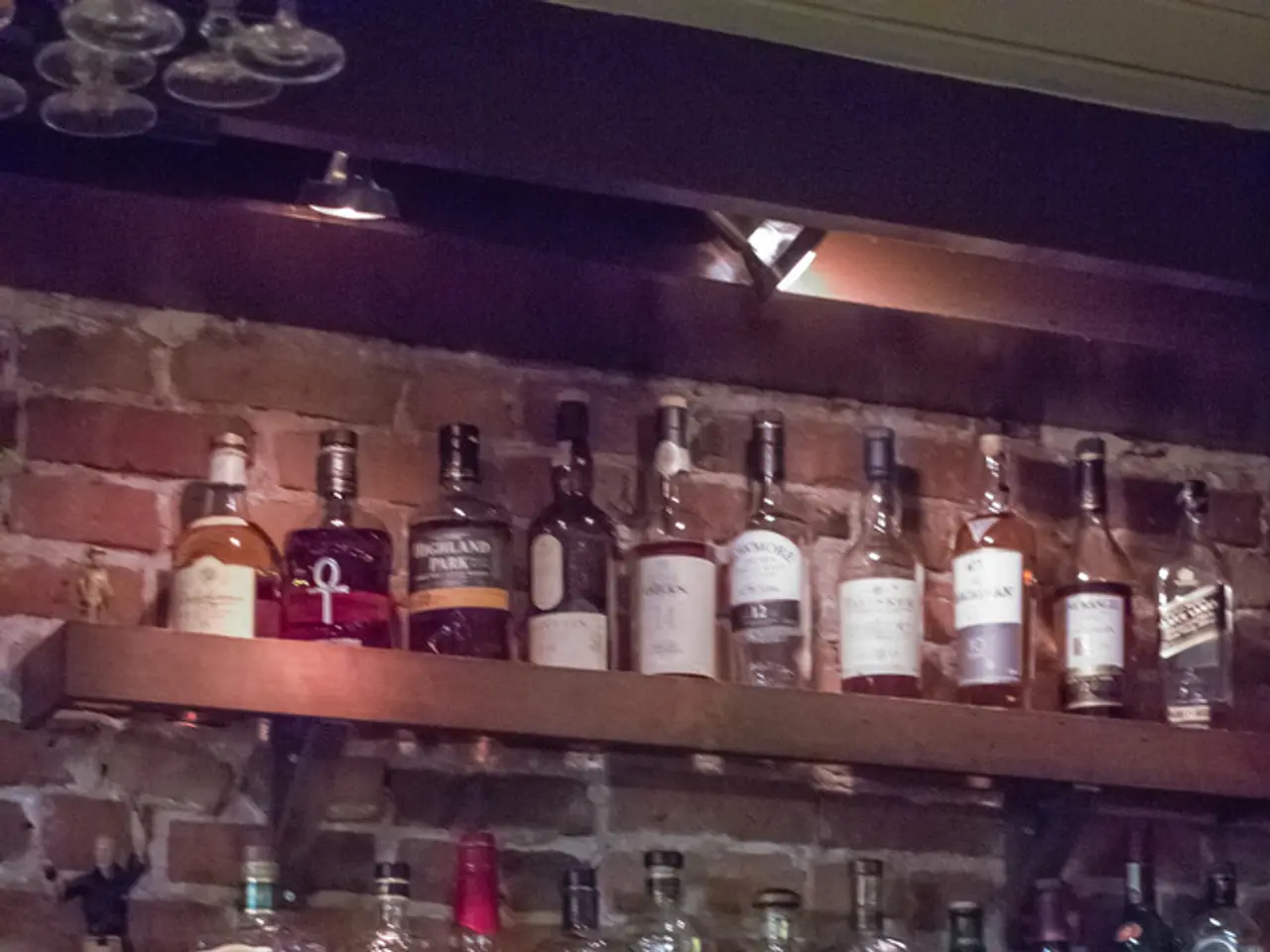Law Against Illicit Antiquities Trade in EU Officially Begins on June 28th
The European Union's latest legislation, Regulation 2019/880, is set to go into effect this weekend, targeting the sale of looted antiquities and cultural goods. The regulation, a response to the looting of cultural heritage and archaeological sites in Syria and Iraq, introduces stringent provenance and documentation requirements for cultural goods over 200 years old originating outside the EU.
Key impacts of the new regulation include increased legal and administrative burdens on private collectors, restrictions on temporary exhibitions involving private loans, mandatory digital registration and transparency measures, and a potential chilling effect on the legitimate European antiquities market.
Private collectors, who often lack the resources and infrastructure to comply with the detailed provenance research and documentation duties, may find themselves in a difficult position. This is especially problematic because private collectors outside the EU do not benefit fully from exemptions available to museums, limiting their ability to loan artifacts for temporary exhibitions within the EU.
The regulation's restrictions on temporary exhibitions involving private loans could potentially reduce cultural diversity and collaboration in exhibitions. While the regulation exempts loans "for the purpose of education, science, conservation, restoration, exhibition," this exemption is limited to temporary loans from museums only, excluding private non-EU lenders.
Museums must register for the International Cultural Goods (ICG) database to benefit from the law's exemptions. However, private lenders face challenges in complying with these new transparency requirements. The regulation's demand for exhaustive documentation, coupled with personal liability for importers, threatens to paralyze legitimate trade and scholarly exchange.
The regulation's complexity and risk may push collectors and dealers to avoid loans or trade in less regulated non-EU markets, thereby decreasing legitimate cultural exchange within the EU. This could lead to market disruption and trade displacement, as national authorities within the EU vary in enforcement strictness.
In conclusion, EU Regulation 2019/880 significantly complicates loans from private collectors for temporary exhibitions in the art world. While these measures aim to combat illicit trafficking and terrorism financing, they inadvertently risk reducing the diversity and accessibility of cultural exhibitions and impairing legitimate art trade and scholarship within Europe.
- Despite the aims of EU Regulation 2019/880 to combat illicit trafficking and terrorism financing, it may inadvertently impact the fine art world, particularly fine art collectors and the temporary exhibitions involving private loans.
- The demand for exhaustive documentation and personal liability for importers, as outlined in the regulation, could potentially lead collectors and dealers to avoid loans or trade in less regulated non-EU markets, resulting in market disruption and trade displacement within the EU.
- The regulation's stringent requirements for private collectors, such as detailed provenance research and documentation, along with the potential restrictions on temporary exhibitions, may impact cultural diversity and collaboration in the museum sector, as private non-EU lenders are excluded from certain exemptions.








